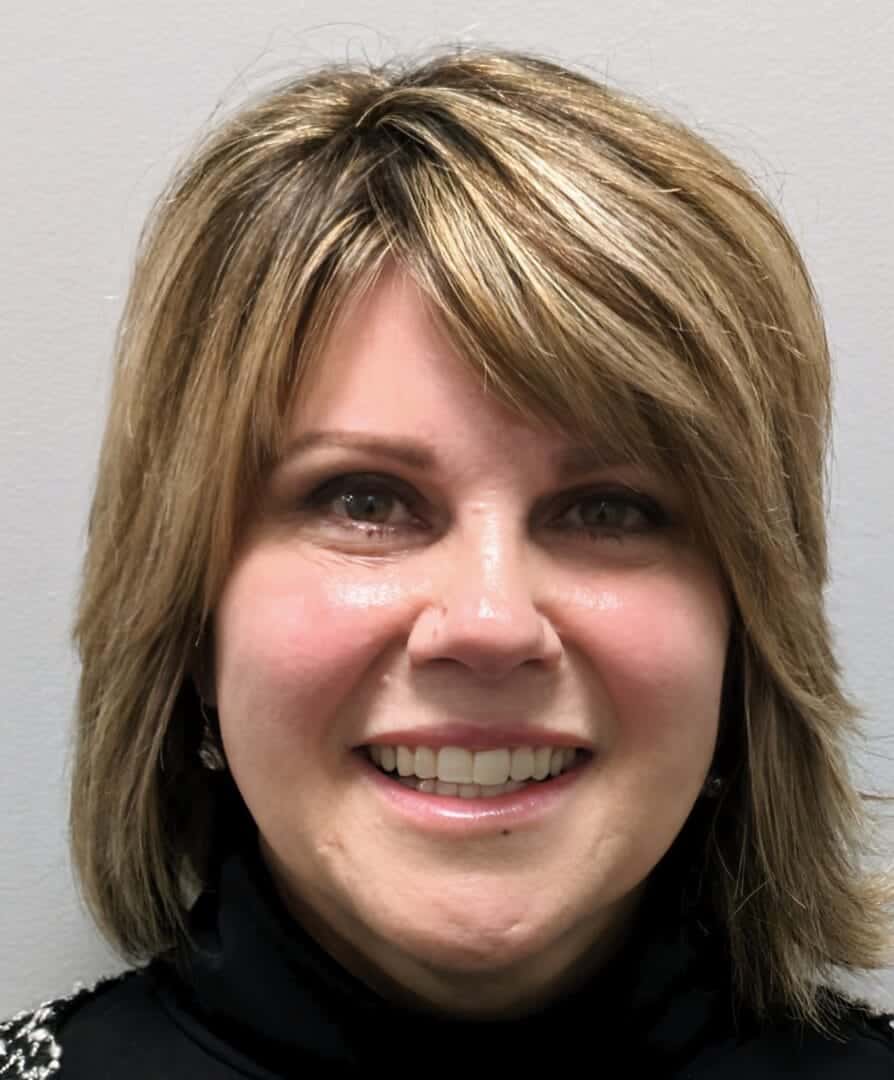PTSD and Opioids: Sequencing MAT With Trauma for Better Retention in Opioid Treatment
Key Takeaways:
- Combining treatment for PTSD and opioid use disorders in Chandler’s opioid treatment can greatly improve retention and outcomes.
- Putting Medication-Assisted Treatment (MAT) in line with trauma-informed interventions helps with both the substance use disorder and the trauma burden.
- Rehabilitation centers in Chandler ought to implement integrated therapies for comorbid post-traumatic stress disorder to enhance patient engagement among individuals with trauma histories.
- Identifying trauma symptoms promptly and aligning the treatment of opioid dependence with psychotherapeutic interventions aids in reducing relapse.
- Evidence indicates that comorbid post-traumatic stress disorder should be addressed simultaneously with substance use to enhance treatment outcomes and minimize attrition.
Introduction
In Chandler, people who are addicted to opioids often have complicated mental health issues that make standard treatment more difficult. When someone in Chandler wants to get opioid treatment in Chandler, it’s important to understand that many of them have a history of trauma, post-traumatic stress disorder, and unresolved trauma. Even strong opioid treatment programs may have high dropout rates and low long-term success if they don’t deal with that co-occurring burden.
People with PTSD often also engage in opioid use, and if MAT is not sequenced correctly with trauma-focused treatments, a key reason for relapse may be overlooked. This blog discusses how putting MAT in order with trauma in Chandler’s opioid treatment can help people stay in treatment longer, recover better, and receive more comprehensive care.
What Is The Relationship Between Disorder And Substance Use Disorders When Trauma Is Present?
Individuals who have experienced traumatic events may engage in substance abuse as a maladaptive strategy to self-medicate intrusive memories, hyperarousal, or emotional numbing. Individuals with post-traumatic stress disorder frequently engage in drug use as a result of symptoms such as flashbacks, avoidance, and hypervigilance. The National Institute on Mental Health suggests that nearly 50% of individuals undergoing treatment for opioid addiction have a history of trauma, and a significant number fulfill the criteria for comorbid post-traumatic stress disorder.
Trauma affects more than just how well patients manage their symptoms. Patients with PTSD are more likely to relapse, stay in treatment for less time, and have worse overall substance use outcomes than those who don’t have trauma histories, as per PMC.
When treating someone with opioid use disorder, not managing their PTSD can make them crave the drugs more and cause relapse during periods of stress. As a result, many programs now see trauma and substance use as inseparable, meaning they should be treated together rather than sequentially.
How Can Sequencing MAT With Trauma Improve Retention And Outcomes?
1. Start With MAT To Stabilize the Condition
Medication-Assisted Treatment (MAT) or Medication for Opioid Use Disorder (MOUD) uses FDA-approved drugs like methadone, buprenorphine, and naltrexone to reduce craving, normalize brain function, and lower overdose risk.
3. Introduce Trauma-Focused Therapies Simultaneously Or Sequentially
Patients can start using evidence-based psychotherapies for PTSD once they are stable. The Department of Veterans Affairs notes that these methods are safe even when patients have more than one disorder and a substance use disorder.
4. Use Psychosocial Interventions That Help
Cognitive Behavioral Therapy, motivational interviewing, and peer support are all essential psychosocial supports that complement medications. These help people stay involved and deal with the development of substance patterns that keep addictions and mental health struggles ongoing.
5. Keep An Eye On Things, Change Them As Needed, And Put Them In Order
Because trauma healing and substance use recovery don’t happen at the same time, programs may use logistic regression models or other predictive analytics to figure out who is most likely to drop out or relapse based on initial severity. This allows flexible sequencing of care.
Integrated care can break the cycle of substance abuse treatment failures that occur when unresolved PTSD leads to repeated relapses by combining stabilization (through MAT) and trauma resolution (through therapy).
What Role Do Rehabilitation Facilities In Chandler Play In This Integrated Approach?
Rehabilitation facilities in Chandler need to move beyond treating addiction in isolation. These centers should:
- Hire trauma-trained therapists to provide integrated therapies for comorbid post-traumatic stress disorder.
- Plan programming so that stabilization through Opioids, PTSD, and mental health services happens at the same time instead of one after the other.
- Use evaluations of characteristics of patients (such as history of trauma, psychiatric comorbidity, and cravings) to decide when to increase trauma treatment.
- Offer comprehensive mental health services, including case management, peer support, and psychiatric care for people with more than one disorder.
- Coordinate care transitions to ensure the Relapse Prevention Treatment Program, outpatient maintenance, and trauma follow-up continue after discharge.
Ignoring the overlap between posttraumatic stress disorder and substance use overlap can make it harder to manage opioid disorders and cause people to drop out. The combination of trauma and substance use treatment is now essential for better retention.
Conclusion
A thoughtful sequence of MAT with trauma can help people with PTSD and opioid addiction in Chandler achieve more compassionate, effective, and long-lasting treatment. Many patients bring a history of trauma and require comprehensive healing. When rehabilitation facilities in Chandler adopt integrated therapies for comorbid post-traumatic stress disorder, they not only treat the addiction but also address the trauma.
Recovery is more than stopping the use of opioids; it also means reclaiming safety, independence, and resilience. Virtue Recovery Chandler invites providers and patients to adopt this integrative model. Call at Tel: 866.338.5779 today — Virtue Recovery Chandler is ready to deliver trauma-informed and retention-focused care.
FAQs:
Can MAT make PTSD symptoms worse?
No, MAT reduces cravings and withdrawal, lowering stress that could worsen symptoms of PTSD. Stabilization often makes it safer to engage in trauma therapy.
Is it safe to do trauma therapy while going through opioid withdrawal?
Starting intensive trauma processing during acute withdrawal is dangerous. That’s why sequencing is vital: stabilize first, then begin trauma-focused treatment.
What if a patient doesn’t want to go through trauma therapy?
Some patients may not be ready. Supportive therapies for comorbid post-traumatic stress (like psychoeducation and coping skills) can prepare them until they are ready for exposure treatment.
Citations
- National Institute on Mental Health. Trauma and Post-Traumatic Stress Disorder in Patients with Opioid Use Disorder. PMC / NCBI. https://pmc.ncbi.nlm.nih.gov/articles/PMC8329768/
- Substance Abuse and Mental Health Services Administration. Pharmacologic Guidelines for Treating Individuals with Post-Traumatic Stress Disorder and Co-Occurring Opioid Use Disorders. U.S. Department of Health and Human Services. https://library.samhsa.gov/sites/default/files/sma12-4688.pdf
- Norman, S., Hicks, T., Klein, A., Hamblen, J. “Treatment of Co-Occurring PTSD and Substance Use Disorder in VA.” U.S. Department of Veterans Affairs. https://www.ptsd.va.gov/professional/treat/cooccurring/tx_sud_va.asp
- Seaberg, D. C. “Retention Challenges in Opioid Use Disorder Treatment.” PMC / NCBI. https://pmc.ncbi.nlm.nih.gov/articles/PMC12342412/
- “OUD Retention Models.” O’Brien, P. L. et al. Models for Medication-Assisted Treatment for Opioid Use Disorder, Retention, and Continuity of Care. HHS / ASPE. https://aspe.hhs.gov/reports/models-medication-assisted-treatment-opioid-use-disorder-retention-continuity-care-0








